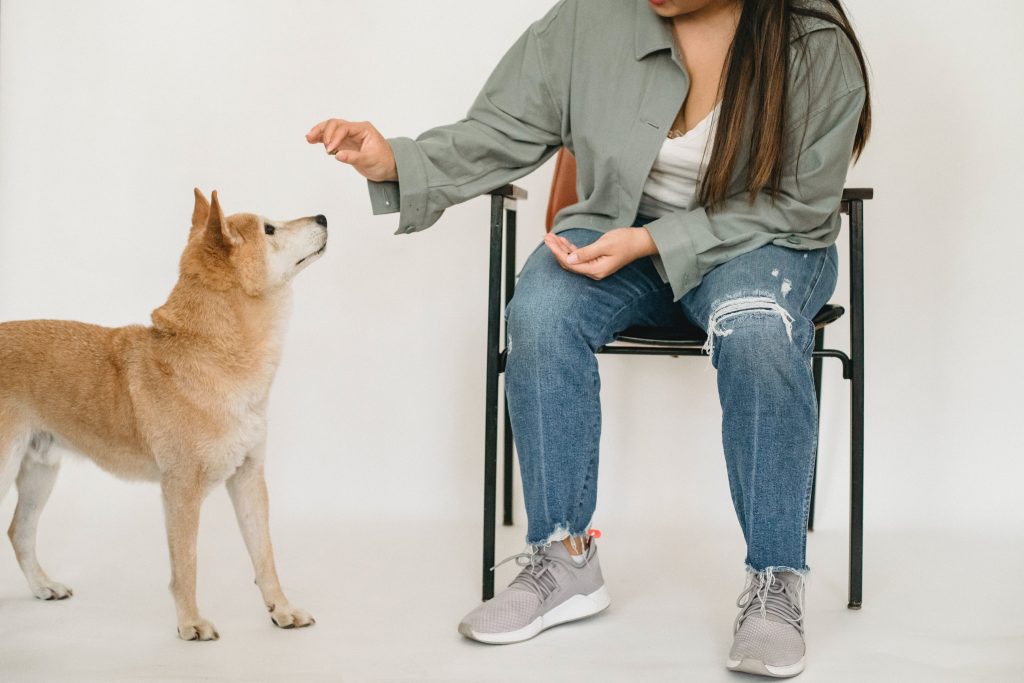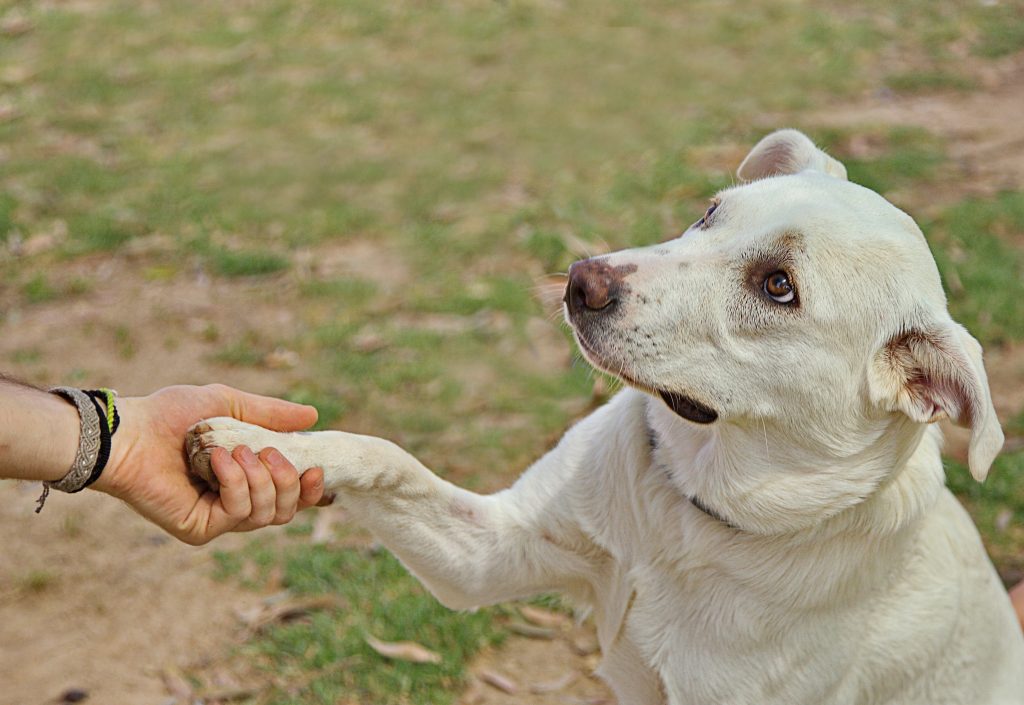Understanding canine aggression requires us to delve into various types, such as fear aggression, protective aggression, possessive aggression, and social aggression. By identifying the specific triggers and behaviors associated with each type, we can begin to piece together the puzzle of aggression in our canine friends.
Throughout this article, we will explore the importance of early socialization, positive reinforcement training, and clear communication in preventing and managing aggressive behavior. We will also discuss the role of professional guidance and when it may be necessary to seek help from a qualified dog trainer or behaviorist.
By gaining a deeper understanding of canine aggression, we can create a safer and more harmonious environment for our dogs, ourselves, and those around us. We believe that education and empathy are the keys to addressing and mitigating aggressive tendencies in our beloved pets.

Canine aggression is a complex and multifaceted behavior exhibited by dogs in various situations. It is crucial to gain a deeper understanding of canine aggression to effectively address and manage it, ensuring the safety and well-being of both the dog and those around them.
Types of Aggression
Types of Canine Aggression: There are different types of canine aggression, each with its own underlying causes and triggers. Some common types include:
- Fear Aggression: Dogs may display aggression when they feel threatened or scared. It can stem from past traumatic experiences, lack of socialization, or genetic predispositions.
- Protective Aggression: Dogs may exhibit aggression when they perceive a threat to their owners, territory, or resources. They act defensively to safeguard what they consider to be their pack or personal space.
- Possessive Aggression: Dogs may become aggressive when guarding their food, toys, or other valued possessions. This behavior arises from a sense of resource guarding and a desire to protect their belongings.
- Social Aggression: Dogs may show aggression towards other dogs or unfamiliar individuals, particularly during interactions involving dominance or competition for resources.
Root Causes of Aggression
Root Causes of Aggression: Understanding the underlying factors contributing to aggression is essential in addressing the behavior. Some possible causes include:
- Genetics: Certain breeds may have a higher predisposition to aggression due to their genetic makeup.
- Lack of Socialization: Insufficient exposure to various people, animals, and environments during a dog’s critical socialization period can lead to fear and aggression later in life.
- Traumatic Experiences: Dogs that have experienced abuse, neglect, or traumatic incidents may develop aggression as a defensive response to perceived threats.
- Fear and Anxiety: Dogs that experience chronic fear or anxiety may exhibit aggression as a means of self-protection.
- Medical Conditions: Underlying health issues or pain can contribute to changes in behavior, including aggression.
Signs of Aggression
Signs of Aggression: Recognizing the early signs of aggression is crucial in addressing the behavior before it escalates. Some common signs include:
- Growling or snarling
- Bared teeth
- Lunging or snapping
- Raised fur along the back
- Stiff body posture
- Intense staring or eye contact
- Ears pinned back or forward
- Rapid or aggressive barking
Addressing and Managing Aggression
Addressing and Managing Aggression: It is essential to work with a professional, such as a certified dog trainer or behaviorist, to address aggression appropriately. Strategies may include:
- Positive Reinforcement Training: Using reward-based training methods to encourage desired behaviors and redirect aggression towards more appropriate responses.
- Behavior Modification: Developing a customized behavior modification plan that focuses on desensitization, counter-conditioning, and gradual exposure to triggers.
- Environmental Management: Creating a safe and controlled environment, managing triggers, and implementing strategies to prevent situations that may provoke aggression.
- Medication: In some cases, medication prescribed by a veterinarian may be recommended to address underlying anxiety or other contributing factors.
Aggression in dogs should always be taken seriously, and seeking professional guidance is crucial to ensure the safety and well-being of everyone involved.

It is essential to prioritize safety and seek professional help when dealing with aggression in dogs. A certified dog trainer or behaviorist can provide valuable insights, develop a customized plan, and guide you through the process of managing and modifying your dog’s behavior.
Remember, dogs are complex creatures with their own unique histories, temperaments, and triggers. Patience, consistency, and a compassionate approach are crucial in addressing aggression and promoting the overall well-being of our dogs.
Read more blog posts on our website here.

